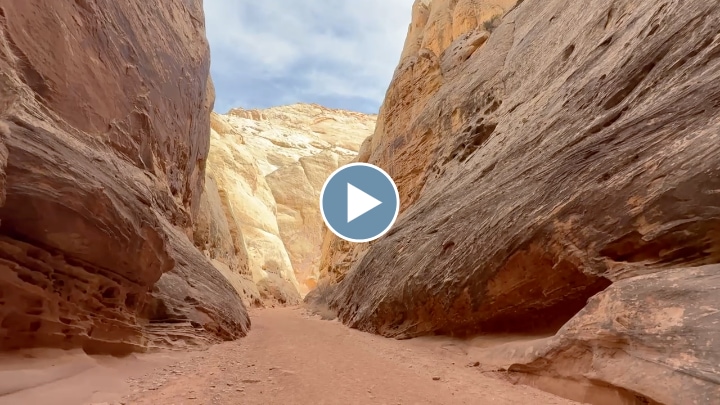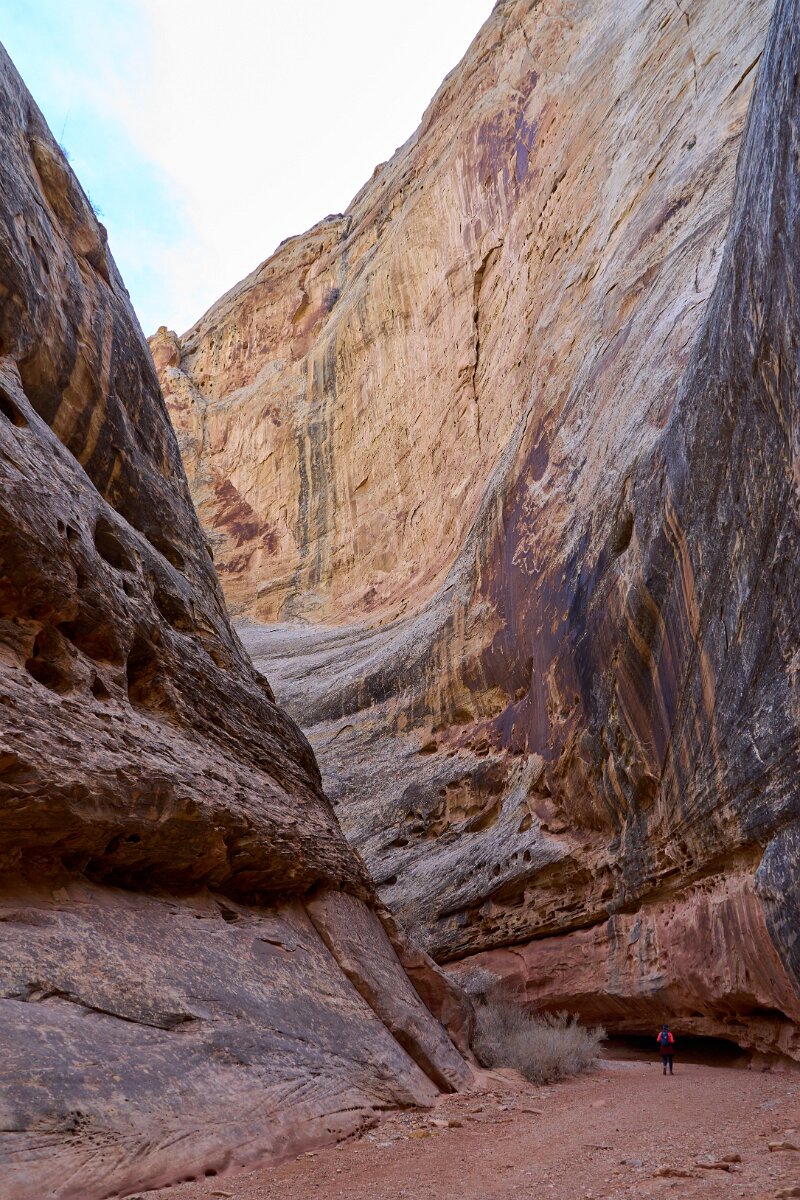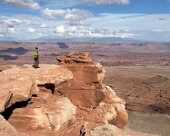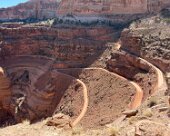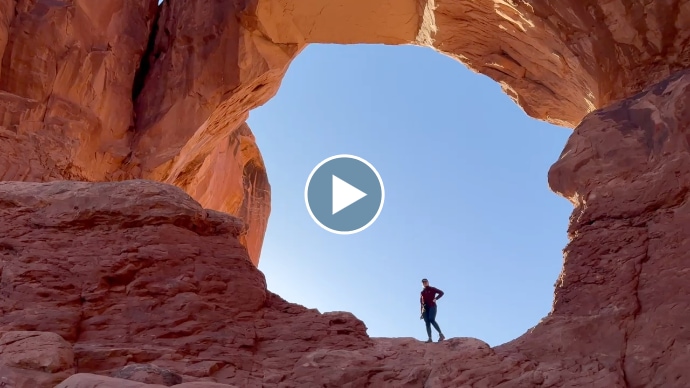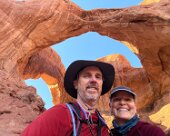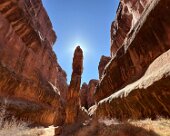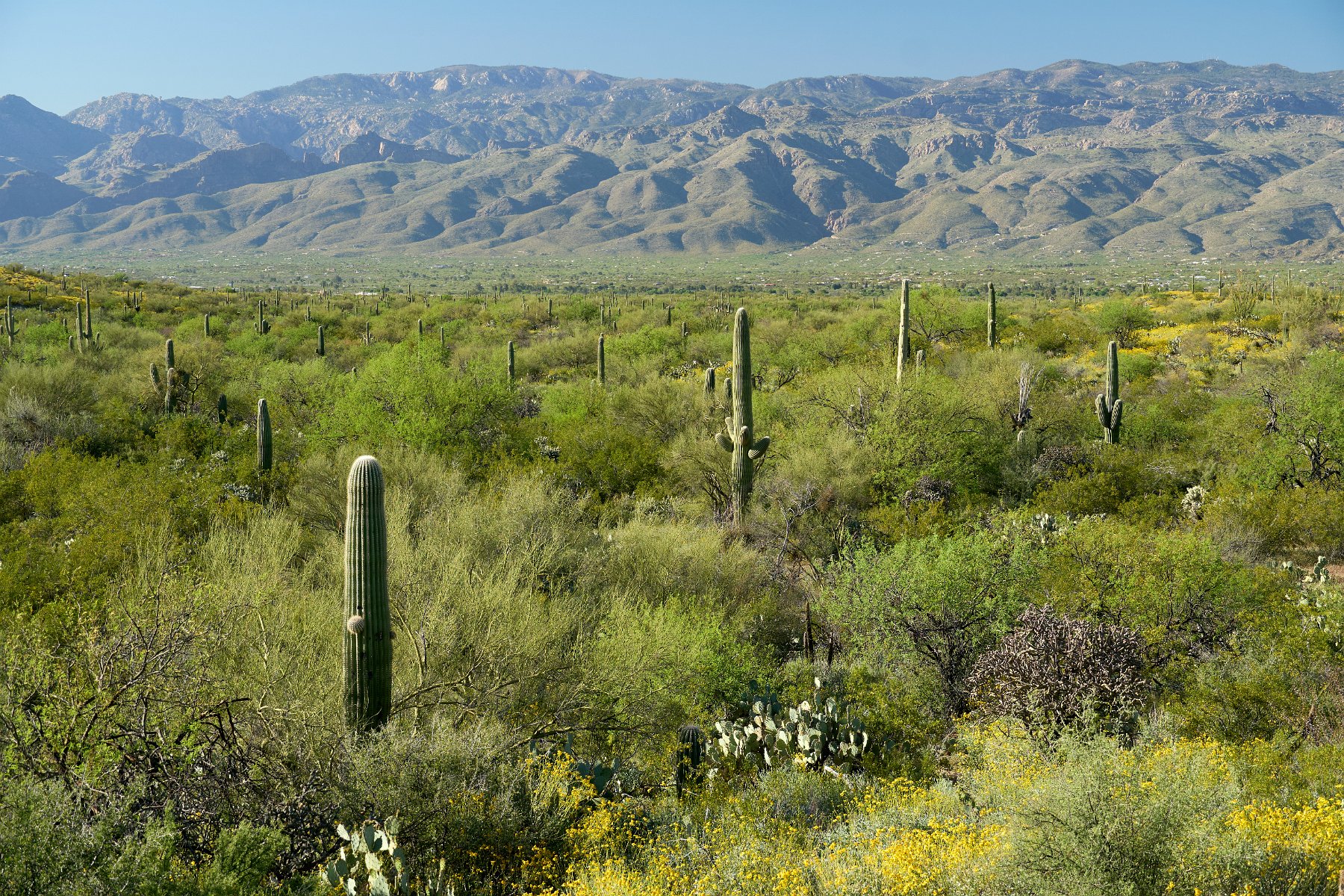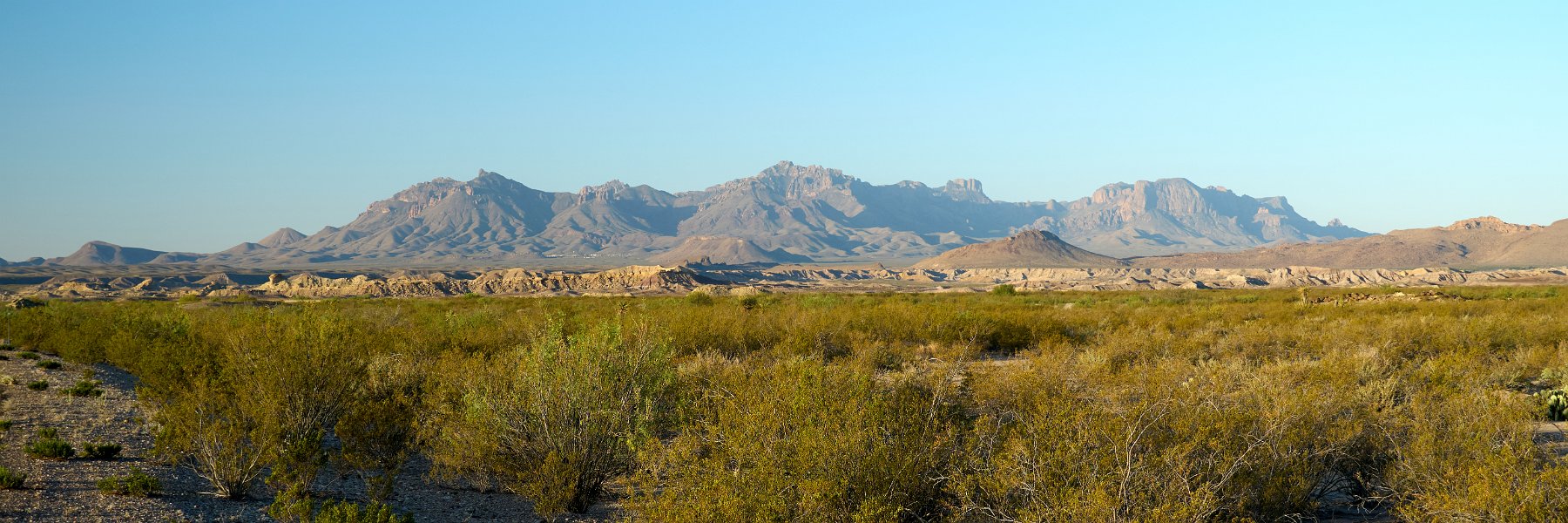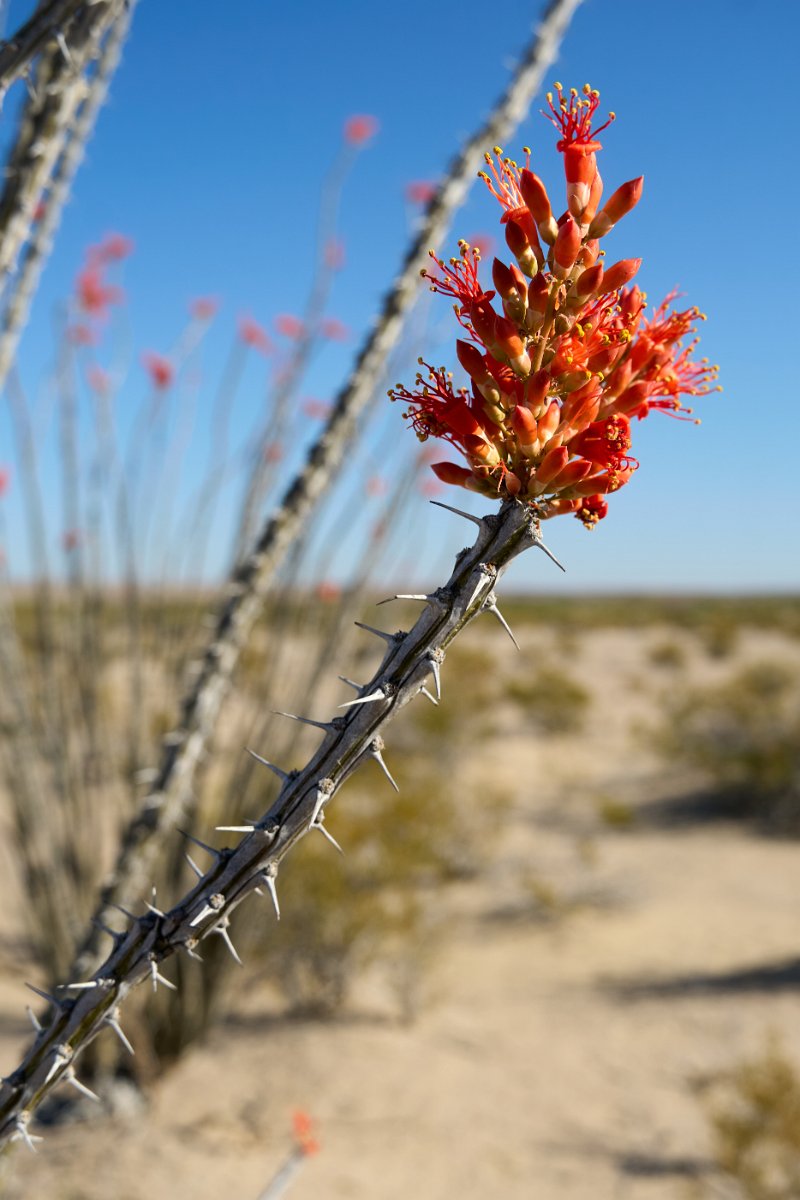Nearing the end of our southern Utah road trip, we swung south and around from the eastern side of Canyonlands National Park, crossing the Colorado River on the northern reach of Glen Canyon to eventually make our way to Capitol Reef National Park. We had only one day to spend hiking among fantastic towering rock walls on some trails accessible from the main highway before boondocking overnight just outside the park and then having to head home. I’m sure there’s plenty more to see in Capitol Reef and of course there’s still so much more to explore across all of southern Utah in future trips!
Tag: rv/campervan travels
Canyonlands National Park
Continuing our road trip through southern Utah, Darlene and I moved on to Canyonlands National Park. Canyonlands is actually divided into three separate districts which can only be accessed separately. We spent four days exploring the Islands in the Sky district, repeatedly blown away by the incredible vistas revealed in every direction. Most of our time was spent hiking various trails on the mesa top but we also spent one day biking down from the mesa on the White Rim Road. Would be great to come back sometime and fully explore that 100-mile rough dirt road.
We lost a half day here and there arranging to get the van’s badly-wearing tires replaced but I got a taste of some of great mountain biking trails outside the park while we were hanging out in the area. After getting the new tires installed, we headed south from Moab in the midst of snow flurries to spend a couple of days in the Needles district of Canyonlands National Park, including a long day of hiking and scrambling through the Chesler Park area.
We didn’t try to reach the western, third district of Canyonlands, The Maze. It’s much more remote and much less accessible.
Arches National Park
Following our week of skiing in Colorado, we continued our road trip in the campervan by moving on to southern Utah, starting with several days of hiking among the rock formations and arches throughout Arches National Park. Darlene was also able to snag a permit for us to spend a day scrambling over and squeezing between rocks in the Fiery Furnace.
Saguaro National Park
Our last stop on our road trip home was to Saguaro National Park which is split into two halves on either side of Tuscon, Arizona. After our cave tour at Colossal Cave, we spent the afternoon cactus-touring along the scenic loop of the east park and then found some dispersed camping in the foothills back near Colossal Cave.
The next morning we made our way across Tuscon to explore the western half of the park. Each half is a little different, including the visitor centers. I wouldn’t skip either one. We didn’t do any hiking but just toured the scenic loop, checking out the cactus varieties up close. That evening we were treated to a grand sunset out in the open desert west of Phoenix, near Saddle Mountain.
Click through for the full gallery:
Down into Colossal Cave
Oh look, another cave system! Colossal Cave Mountain Park is a privately-owned park and cave system near Tucson, Arizona. We hadn’t planned on going here but decided to stop by and check it out. As there happened to still be space available on their next scheduled tour, Darlene and I joined their mid-grade “Ladder Tour” – a little more than their basic walking tour but not so much spelunking as their “Wild Cave Tour”. Anyway, it was fun – we’re glad we stopped for it!
White Sands National Park
Onward to White Sands National Park in New Mexico – the world’s largest gypsum dune field. We spent a few hours hiking around and taking pictures. The fine gypsum feels nice and cool underfoot – it doesn’t heat up in the sun like sand.
I had hoped to also visit the Trinity test site but it’s open to visitors only two days each year (once in April and once in October) due to the site being part of the active White Sands Missile Range. We left the park an hour or two before sunset to find a nice dispersed campsite beyond the next little range of mountains:
Carlsbad Caverns
Continuing on our return trip, next stop was Guadalupe Mountains National Park in Texas near the New Mexico border. We checked out the visitor center and went for a hike in the afternoon before continuing on to camp on some BLM land in New Mexico near Carlsbad Caverns National Park. The following day was of course to visit Carlsbad Caverns.
We bought tickets for the self-guided tour and spent several hours enjoying and following the extensive walking paths of the cave system. There are ranger-led tours to some more isolated portions of the cave but these are very limited and get booked up well in advance. After exploring the cave at our leisure and having lunch back in the van, we waited around to join the ranger-hosted twilight event to learn about the bats that use the cave for much of the year and to wait for their grand, swarming, evening exit from the cave. No photography allowed (or any devices or talking for that matter) but we did get to watch many hundreds stream out. Apparently at later times of the year, you can see many hundreds of thousands of bats exit the cave.
We camped on some more BLM land that evening but woke the next day to a forecast for severe high wind and dust storm expected for hundreds of miles in every direction later that day. We had already planned to restock food in the town of Carlsbad so we ended up just renting a hotel room in Carlsbad to sit out the storm.
Big Bend National Park
On our return trip from watching the eclipse in Central Texas, Darlene and I first headed to the southwest edge of Texas to spend a few days exploring Big Bend National Park along the Mexico border.
We didn’t have campground reservations and of course everything in the park was booked out for weeks but we were able to snag backcountry sites which you can only reserve in-person 24 hours in advance. These are a handful of very dispersed but specifically designated sites along some of the unpaved back roads. Know that some of these roads require high clearance 4×4 vehicles and some of the sites are very remote, requiring hours to reach. We actually chose not to take one of these sites because we didn’t want to have to spend so much time to get to it and from it. As it turned out though, we spent over an hour trying to get to a camp area outside the north end of the park. In hindsight, we should have looked to find a campground out the more built-up west entrance of the park.
Anyway, we spent three full days hiking, biking and touring very different areas of the park, from desert to mountains and along the Rio Grande. If you go, make sure you don’t skip out on the really well done Fossil Discovery Exhibit.
